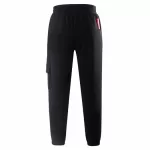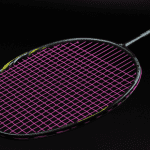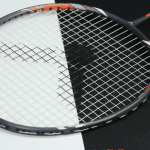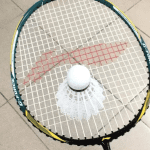
Badminton Racket YONEX NF800 Pro Reviews
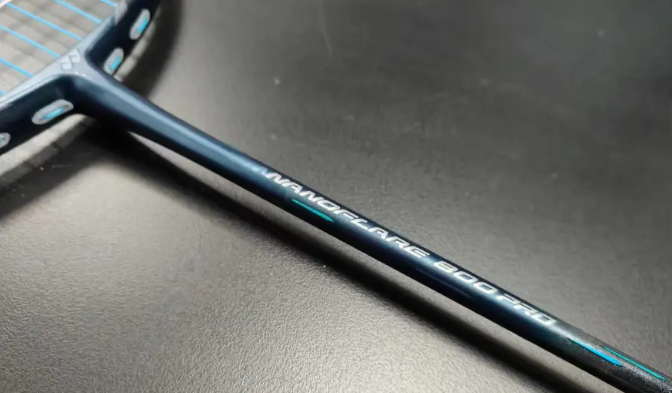
Last year I still left it open to write about one flagship from each of the big three factories that I hadn’t updated. Coming down hard, I decided to start with a fresh green factory release. Unlike encountering hard-to-use, deep racquets, this subtle sentiment is mixed with so much skepticism and lack of confidence, and is a rarity in so many trials. Even though the author’s use shares more of an intellectual diary nature of racquet experiences, and it’s enough to convince myself that I can generate discussion, there are times when I just can’t even convince myself.
To summarize, if one prefers a speed racket that doesn’t make mistakes, 3U’s NF800P is a no-brainer, all-around superior choice. But unfortunately, the value proposition is different, and I miss the NF800 even more after the trial.

Parameters: 4UG6, with sole, total weight of 93.87g in use condition, balance point 292mm, center shaft length 215mm, hardness on the high side, wind-breaking frame, 78-hole string bed, full string groove, 28lbs warranty, threaded 25-27lbs AB string.
If there is a ball player from NF800, 800LT used to 800P, it is not difficult to find the latter directly changed a set of design language, as if a new series of rackets. Dark green primer, frosted texture, the decal on the frame is not so saturated that it just looks unremarkable. Moreover, the degree of modification is extremely restrained, even can be said to be stingy, into the head and T head sides of the stickers, the overall perception of the cold. Nevertheless, looking at the angular areas of the racket, I was reminded of the delicate, cold and harsh texture of the VT series’ original color second sibling, and that’s not a bad thing.
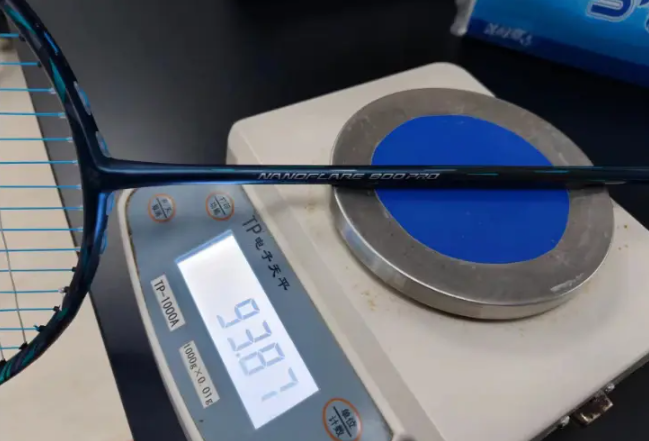
The frame has been overhauled, the box frame has been changed, and the ultra slim frame allows the stringbed area to be fully secured, as with most racquets, while the frame area can be made more compact. Not only that, one of the double holes at 2 and 10 o’clock in the frame has been adjusted to two single holes, allowing for a small change in the string bed in the sweet spot. And out of sight, the T-head position incorporates copper metal, which is claimed to improve the bounce performance of the racket face. With the above changes then, it stands to reason that this will be more conducive to the deck hitting explosively, when it comes to waiting and seeing.
But before digging into the upper limit of the racquet, the lower limit of the 800P is certainly reassuring, the racquet is not too difficult to drive and is relatively user-friendly. The overall weighting of the racket is more balanced, the lending feeling of the ball on the hand seems to me to be similar to the 1000z, the drive feedback of the center stick is good, the elasticity is especially good, there is no particularly stiff feel, the high long ball back and forth to play a few dozen shots can also be stable and easy, there is virtually no threshold of the first hand ……?

The 800P has a predictable sense of extreme speed, thanks to which I could not avoid hitting the frame when I first started playing, especially when I was in a hurry and needed to make a power shot. It’s simply fast, and although it doesn’t have the same “power” as a racquet like the Sword series, it took me a while to get used to it in situations where I needed to power the ball overhand.
This uncanny quickness was amazing against flat blocks, and can be summarized as fast, consistent, and solid. Fast is needless to say, consistent is more because of the excellent rebound recovery speed of the center stick, the successive swings of the racket seamlessly, but also brings out the advantage of each shot blocking will not be affected by the previous shot, more stable, and the G6 handle and balanced body is in the repeated forehand and backhand switching power to the feeling of the arbitrary. With a short burst of power, where to point and where to draw, the rhythm of confrontation can be described as dizzying.

In my opinion, the small frame of the 800P has a very low cohesive feel, and the trailing speed of the ball drops off a lot after the power is applied, which is more like a normal frame performance, or at least not as pronounced as the 1000z, which does have a larger surface area than the latter. However, the initial speed of the ball is fast, especially in the backcourt of the hanging ball because of the fast speed decay, can play a good effect of disrupting the rhythm of the opponent, at the same time, the surface compared to the NF800 (LT) there is a certain degree of holding, forgiveness is also high enough to get the high point of the slice or sliding a slash of the confidence of the very strong.
The passive 800P also remained smooth. As mentioned above, it is surprisingly forgiving, and it’s easy to spot the ball when receiving a kill shot on defense and use the opponent’s power to get the ball high and in place. If you have ever played doubles with a partner who has a lot of room for improvement, you should have encountered the dilemma of being repeatedly pushed from both sides of the line when standing back and forth due to the forecourt players’ failure to set up the racket for blocking or hesitant rotation, in which case the 800P’s high volatility and elasticity really help a lot, and there is more power to realize the soft blocking of the low backhand or to get rid of the ball with the pick of the high side of the racket.
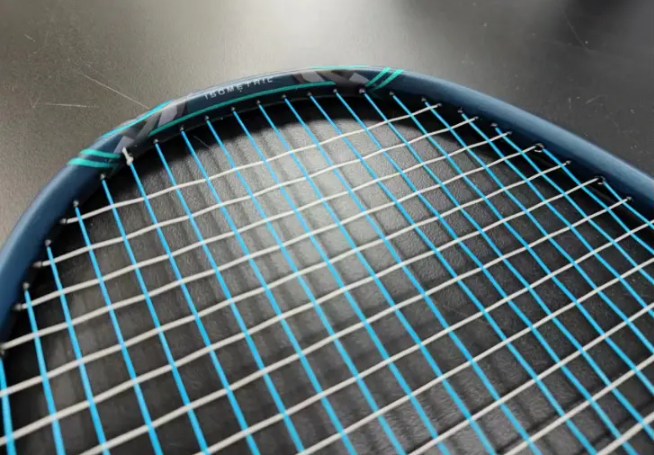
So why was I clueless about a sharp instrument with such high speed and high elasticity? Because I never got used to the feel of the NF800P’s downward pressure. The fact that the NF800P’s energy relies heavily on elasticity, even though Leung Wai Clang has already used it, left me with a desire for more. Blue Factory’s current speed racket is similarly bouncy and also relies on higher stiffness and a higher balance point for down pressure quality. For the NF800P, I agree with the official review that “the speed of the ball is fast, but the energy applied to the ball is very little, and the speed of the ball after crossing the net faces the dilemma of extremely fast decay”, and among the new NF products, the 1000z is also not an earth-shattering weapon, but from the feedback of the feeling, even the 1000tour can make me more free to put down pressure. I’ve been able to let go of the pressure even more.
All of the NF series have a good downward consistency experience, so instead of putting a lot of effort into increasing the speed consistency advantage to near perfect performance, I would rather put the same effort into the power of each shot, which is a much greater multiplier.


